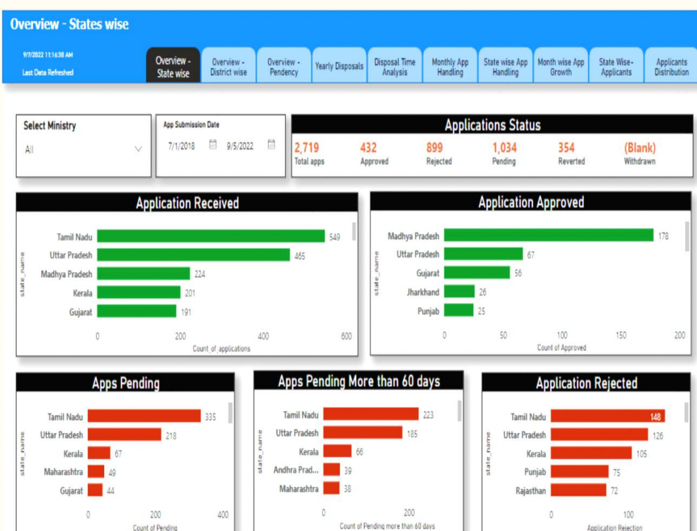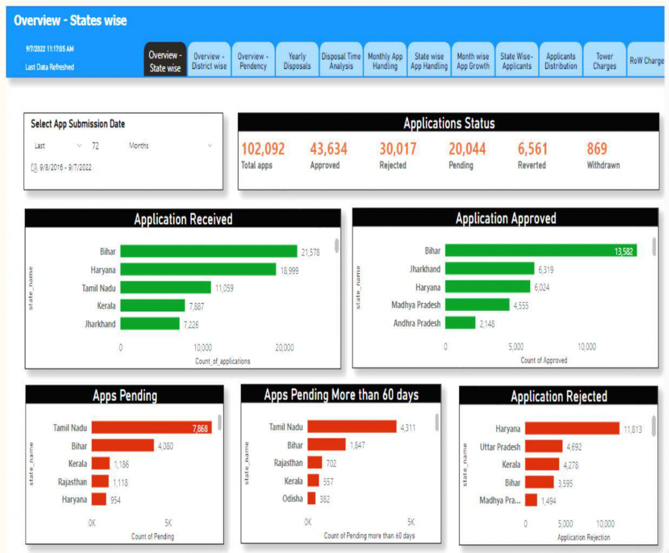
Table of Contents
The Union Government marked the third anniversary of the Gati Shakti just a few days back. When launched in October 2021, it was an ambitious attempt to provide a nuts-and-bolts solution to tackle time delays and cost overruns, lack of comprehensive project management, and quality control issues in infrastructure projects. It is a multimodal connectivity infrastructure for planning, designing and execution of the infrastructure projects with a common vision. It brings together government departments at union and state levels, parastatal agencies, implementation agencies and users. Although its primary focus is on the logistics sector, it is apparent that by providing a platform for integrated planning and execution that breaks the silos between government ministries and departments, focusing on real-time data and transparency and with it a holistic programme management approach, the Gati Shakti yojana could provide learnings for other sectors as well. You can get a peek into the working of the GatiShakti portal here. A view of the dashboard is extracted below:







